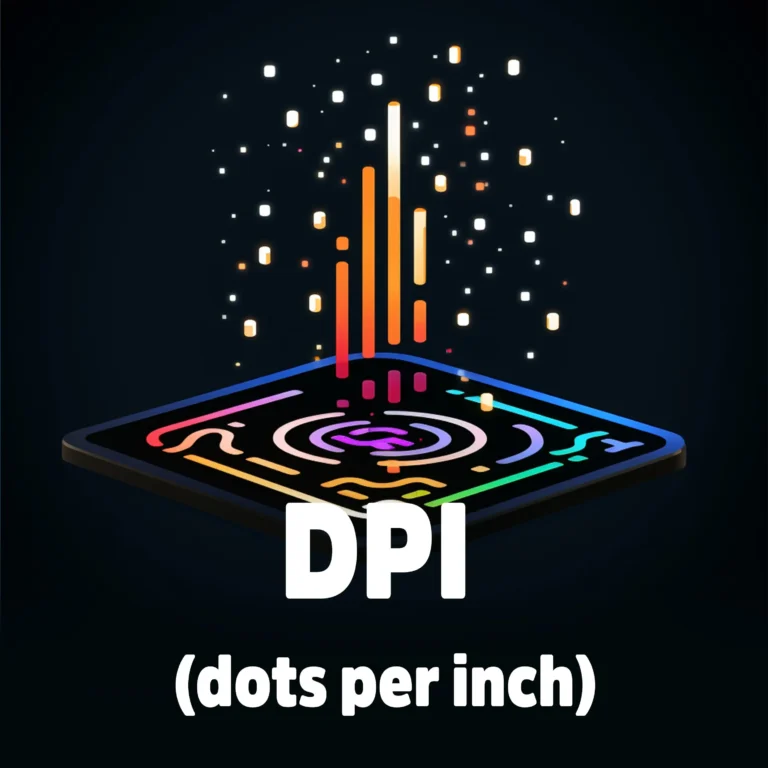DPI-a measure of resolution in images-is the acronym for dots per inch. It refers to the number of dots you can fit in an inch. In centimeters, the same equals 2.54 cm. It is most used in printing to measure the level of detail or clarity with which an image is printed. The DPI and pixel dimensions in the image are closely interrelated because they are dependent on one another.
Impact of DPI (dots per inch) on image detail:
Increasing the DPI (dots per inch) of an image increases the number of dots printed by an inch. When the image is supposed to be advertised, it is reflected in the way the images look much more detailed and clearer. On the other side, the number of total pixels in the image should become greater to keep the same size and level of details. If you increase DPI without an increase in the number of pixels, the result is the smaller size of the image.
DPI (dots per inch) optimization examples:
Example 1:
We have an image 1200 by 800 pixels. The maximum print size at 150 DPI is computed by dividing pixel dimensions by that DPI. This gives a maximum print size of 8 x 5.33 inches (1200/150 x 800/150). Raise that to 300 DPI, and the new maximum print size is now shrunken to 4 x 2.67 inches (1200/300 x 800/300). As you saw, the total number of pixels now has to fit into a smaller area to hold up to the higher DPI.
Example 2:
We have an image 4000 by 3000 pixels. The maximum print size at 300 DPI is computed by dividing pixel dimensions by that DPI. So maximum print size is 13.33 x 10 inches (4000/300 x 3000/300). If you lower that to 150 DPI, and the new maximum print size will be 26.67 x 20 inches (4000/150 x 3000/150). As you saw, the total number of pixels now gets spread over a larger area with the lower DPI.
Example 3:
We have an image 500 by 500 pixels. The maximum print size at 72 DPI is computed by dividing pixel dimensions by that DPI. So maximum print size is 6.94 x 6.94 inches (500/72 x 500/72). If you raise that to 300 DPI, and the new maximum print size will be 1.39 x 1.39 inches (500/300 x 500/300). As you saw, the total number of pixels now has to fit into a smaller area to hold up to the higher DPI.
Conclusion:
Enlarging the DPI of an image without likewise increasing the number of pixels will result in a diminished image size. Moat or larger in image size, a reduced value will bring with lowering the DPI. All in all, it is the combination of pixel dimensions, as well as the DPI that help in determining the suitable image size and resolution for the project in question.
